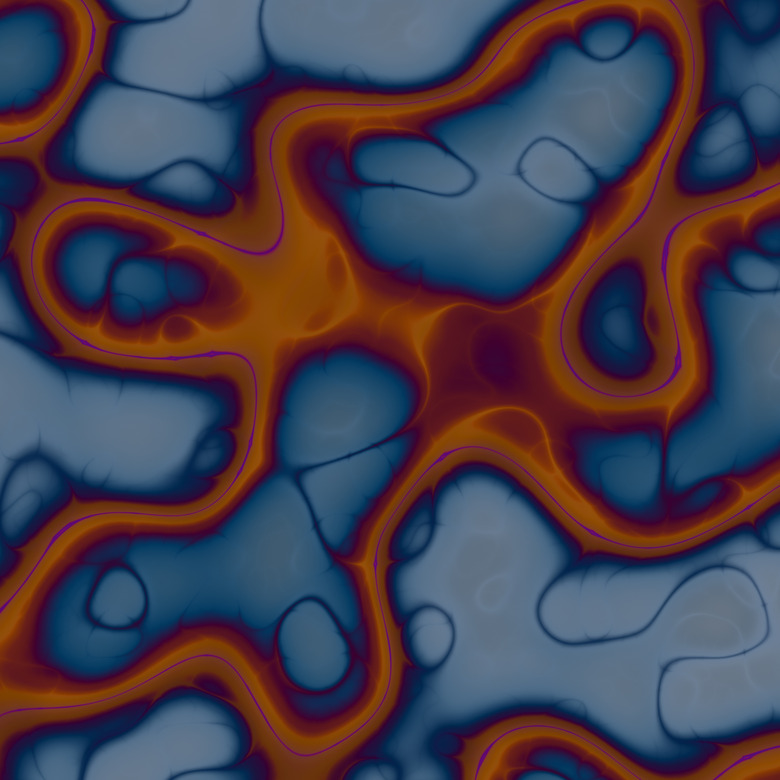How Do Ions Cross The Lipid Bilayer Of The Cell Membrane?
The cell membrane is among the many remarkable triumphs of biological evolution. One of three features common to all living cells, this membrane is not only a firm barrier that gives cells their shape and a container for their molecular contents, but also a selectively permeable gate that determines what substances can and cannot pass into and out of the cell.
Just as an automobile assembly plant requires a steady supply of vastly different raw materials (e.g., metal, rubber, and human and technological resources) to operate at peak capacity, a cell requires a way to allow the molecules the cell needs for its reactions to enter while still regulating the process of membrane transport as a whole.
Certain ions, or atoms bearing a net electric charge, are among the favored molecules that can pass, but only with some effort.
The Cell Membrane: What Does It Do?
The Cell Membrane: What Does It Do?
The cell is the basic unit of life with the tiniest life forms consisting of only a single cell and your own body including trillions. All cells have a cell membrane, a cytoplasm and ribosomes; most cells have other components, too. The cell membrane is also called the plasma membrane, but since some other cell structures also have plasma membranes, "cell membrane" is more specific.
The cell membrane gives the cell boundaries and solidity, allowing it to contain its vital contents. It also offers protection to those contents in the form of a physical barrier. This cell membrane barrier is semi-permeable, in that certain substances can pass in and out while others are denied passage.
Anatomy of the Cell Membrane
Anatomy of the Cell Membrane
The cell membrane consists of a phospholipid bilayer. It includes two structurally identical layers that face each other in a "mirror image" fashion. Each layer consists of long, mostly linear phospholipid molecules, which are stacked side by side, but – importantly – maintain some space between them. These molecules include a phosphate "head" and a lipid (fatty) "tail."
The phosphate heads are hydrophilic, or "water-seeking," because they carry an uneven charge distribution. These heads therefore face to the more watery exterior of the cell itself and the cytoplasm on the interior.
The hydrophobic tails, on the other hand, face each other on the interior of the phospholipid bilayer.
Phospholipid Bilayer Function
Phospholipid Bilayer Function
The main function of the cell membrane is to protect the cell, which is a feature inherent in its composition and structure.
Another essential function is to allow some molecules to pass in and out of the cell, but not all of them. In addition, the cell membrane must participate somehow in giving those molecules that are burdened by size or electrical charge, but still have to pass through somehow, am active boost in this process.
Lipid bilayer permeability is determined by various factors. One of these, probably intuitive, is size. Another is charge. Because the interior of the bilayer is two sets of exclusively hydrophobic lipid molecules facing each other, the interior is hostile to the passage of hydrophilic molecules such as ions and most biological molecules.
Cell Membrane Transport
Cell Membrane Transport
On the whole, cell membrane transport depends on:
- The permeability of the membrane itself, which is not constant
- The size and charge of molecules "seeking" passage
- The concentration difference of that molecule between one side of the cell membrane (the exterior of the cell) and the other (the cytoplasm)
Ions cannot diffuse across membranes down their concentration gradient, even the smallest one (H+, a proton or charged hydrogen atom).
Instead, proteins embedded at points along the cell membrane called channel proteins form pores, or channels, through which the required ion can then pass, as through an underground tunnel all its own.
Cite This Article
MLA
Beck, Kevin. "How Do Ions Cross The Lipid Bilayer Of The Cell Membrane?" sciencing.com, https://www.sciencing.com/ions-cross-lipid-bilayer-cell-membrane-21758/. 31 May 2019.
APA
Beck, Kevin. (2019, May 31). How Do Ions Cross The Lipid Bilayer Of The Cell Membrane?. sciencing.com. Retrieved from https://www.sciencing.com/ions-cross-lipid-bilayer-cell-membrane-21758/
Chicago
Beck, Kevin. How Do Ions Cross The Lipid Bilayer Of The Cell Membrane? last modified March 24, 2022. https://www.sciencing.com/ions-cross-lipid-bilayer-cell-membrane-21758/
